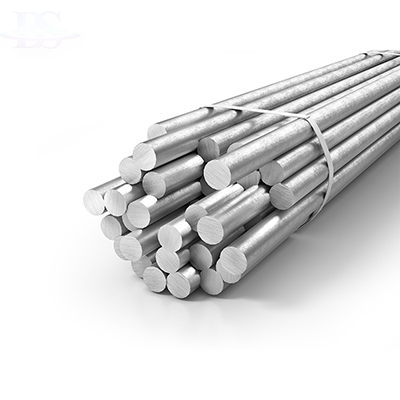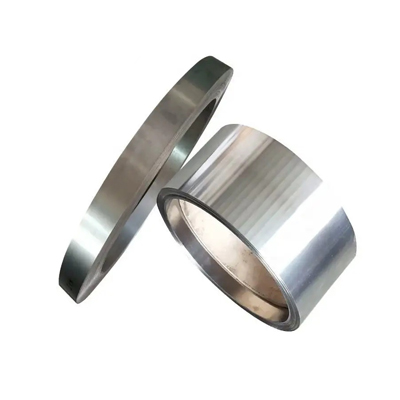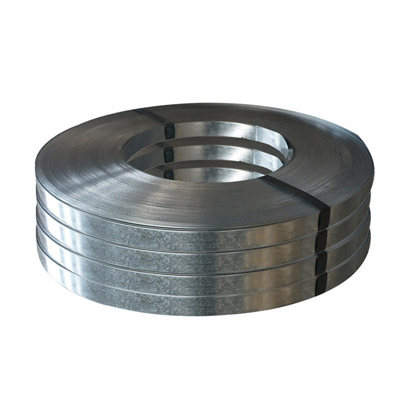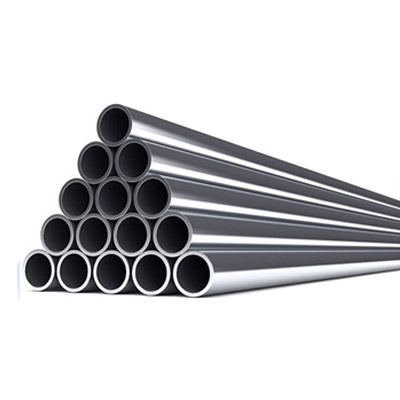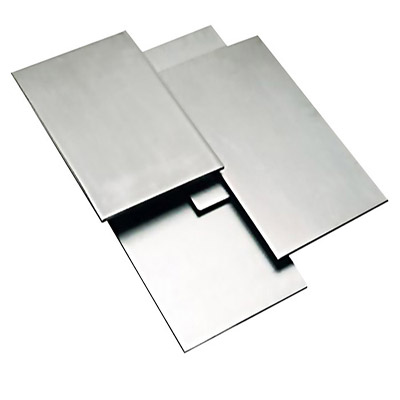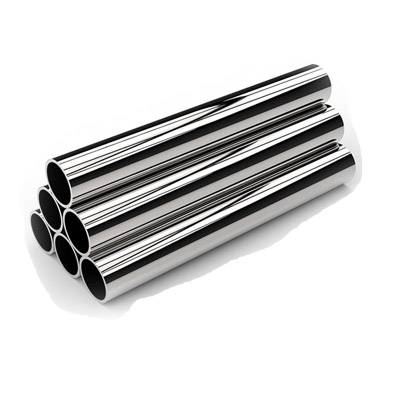Incoloy alloy 800 UNS N08800/W.Nr. 1.4876 ASTM B408 bar sheet tube
Overview
INCOLOY alloy 800 (UNS N08800/W. Nr. 1.4876) is a widely used material for construction of equipment requiring corrosion resistance, heat resistance, strength, and stability for service up to 1500°F (816°C). Alloy 800 offers general corrosion resistance to many aqueous media and, by virtue of its content of nickel, resists stress corrosion cracking. At elevated temperatures it offers resistance to oxidation, carburization, and sulfidation along with rupture and creep strength. For applications requiring greater resistance to stress rupture and creep, especially at temperatures above 1500°F (816°C), INCOLOY alloys 800H and 800HT are used.
INCOLOY alloy 800 is used in a variety of applications involving exposure to corrosive environments and high temperatures. It is used for heat-treating equipment such as baskets, trays, and fixtures. In chemical and petrochemical processing, the alloy is used for heat exchangers and other piping systems in nitric acid media especially where resistance to chloride stress-corrosion cracking is required.
In nuclear power plants, it is used for steam-generator tubing. The alloy is often used in domestic appliances for sheathing of electric heating elements. In the production of paper pulp, digester-liquor heaters are often made of alloy 800. In petroleum processing, the alloy is used for heat exchangers that air cool the process stream.
Limiting Chemical Composition, %
Chromium............................................................................................................................................................................19.00-23.00
Iron...........................................................................................................................................................................................39.50min.
Carbon.....................................................................................................................................................................................0.10 max.
Manganese.............................................................................................................................................................................1.50 max.
Sulfur.....................................................................................................................................................................................0.015 max.
Silicon......................................................................................................................................................................................1.00 max.
Copper.....................................................................................................................................................................................0.75 max.
Aluminum................................................................................................................................................................................0.15-0.60
Titanium...................................................................................................................................................................................0.15-0.60
Physical Constants
Density |
lb/in^3.........................................................................................0.287 |
g/cm^3..........................................................................................7.94 | |
Specific Heat |
(32-212°F),Btu/lb•°F.....................................................................0.11 |
(0-100°C), J/kg•°C.........................................................................460 | |
Melting Range |
°F........................................................................................2475-2525 |
°C........................................................................................1357-1385 | |
Curie Temperature |
°F……...…........................................................................…..............-175 |
°C............…......................................................................…...........-115 | |
Permeability at 70°F (21°C) and 200 oersted (15.9 kA/m) |
Annealed.....................................................................................1.014 |
Hot-Rolled...................................................................................1.009 |
Mechanical properties
INCOLOY alloy 800 has high mechanical strength over a broad temperature range. In general, alloy 800 is used for its strength characteristics at service temperatures up to about 1500°F (816°C). At those temperatures, equipment design is usually based on tensile properties. For applications that require high creep or rupture strength, INCOLOY alloys 800H and 800HT are used.
Corrosion Resistance
INCOLOY alloy 800, like many austenitic stainless steels, can be sensitized, or made susceptible to intergranular attack in some aggressive media, by exposure to the temperature range of 1000 to 1400°F (540–760°C). The Huey test determines susceptibility to sensitization. The test involves exposure of a specimen to boiling 65% nitric acid for five consecutive 48-hour periods. An average corrosion rate for the five periods of substantially over about 24 mils penetration per year (0.61 mm/yr) indicates that the specimen is sensitized to some degree. The timetemperature-sensitization diagrams in Figures 12 and 13 show Huey test rates for alloy 800 annealed at two different temperatures and exposed to a range of sensitizing treatments.
When INCOLOY alloy 800 is exposed to heat from welding or other operations, care should be taken to avoid sensitization if the material is to be pickled or subjected to other aggressive environments. Sensitization is not a problem in most high-temperature applications.
Heating and Picking
All material to be heated must be clean. Oil, paint, grease, shop soil and other foreign substances must be removed prior to the heating operation.
Heating must be performed in a low-sulfur atmosphere. Open heating must be done with low-sulfur fuel, and the furnace atmosphere must be maintained in a reducing condition to prevent excessive oxidation
Because of the readiness with which chromium is oxidized into a refractory oxide by air, carbon dioxide or water vapor, alloy 800 cannot be bright annealed in the usual industrial annealing furnace. Under closely controlled conditions, the alloy can be bright annealed in dry, pure hydrogen (dew point of -73°F (-58°C) or lower, less than 0.004% by volume water, and less than 0.007% by volume air).
INCOLOY alloy 800 is normally annealed in box or muffle furnaces using prepared reducing atmospheres. A satisfactory atmosphere is formed by the products of combustion from low-sulfur natural gas burned with a deficiency of air. It produces a thin, adherent, green-black film of oxide on the material. Oxidizing atmospheres produce a heavy black scale that is difficult to remove.
Removal of such scale often requires considerable grinding.
Specific annealing procedures depend on the amount of cold work and cross section of the material. The mechanical properties of heavily cold-worked material are only slightly affected by temperatures below 1000°F (540°C). Stress relief begins at about 1000°F (540°C) and is virtually complete after 1½ hours at 1600°F (870°C). Softening by annealing begins at about 1400°F (760°C) and is reasonably complete after 10 to 15 minutes at 1800°F (980°C).
Appreciable grain growth may occur at temperatures over 1800°F (980°C). A satisfactory anneal, however, can usually be obtained by 2 to 5 minutes heating at 1900°F (1040°C).
Available Forms
We provide you with a variety of product forms, including but not limited to
● Bar & Rod
● Pipe & Tube
● Coil & Strip
● Plate & Sheet & Circle
● Wire & Welding
● Fitting (Flange, Elbow, Tee...)
● Customize
description2



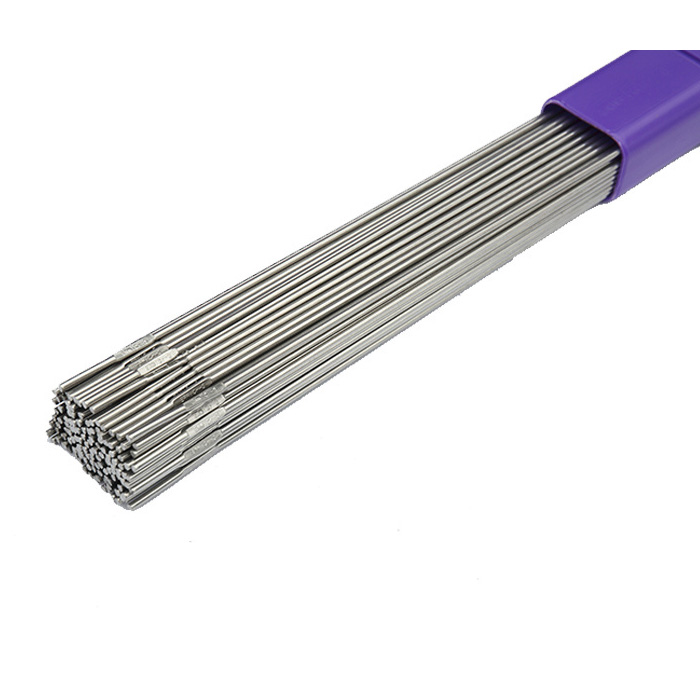 Inconel 625
Inconel 625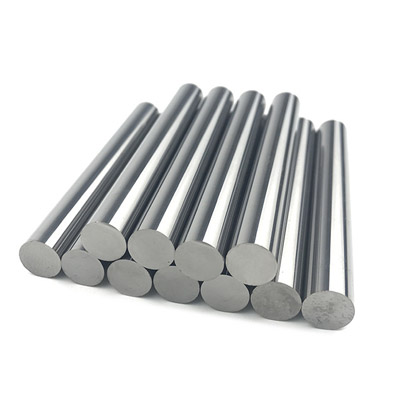 Inconel 718
Inconel 718 Inconel 725
Inconel 725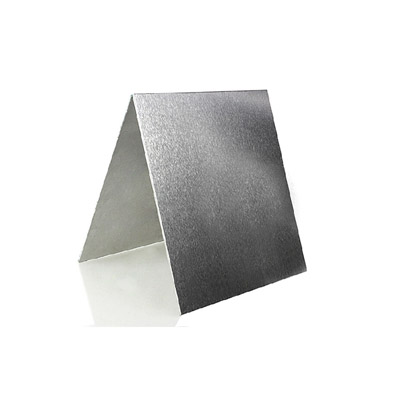 Inconel X-750
Inconel X-750 Inconel 690
Inconel 690 Inconel 617
Inconel 617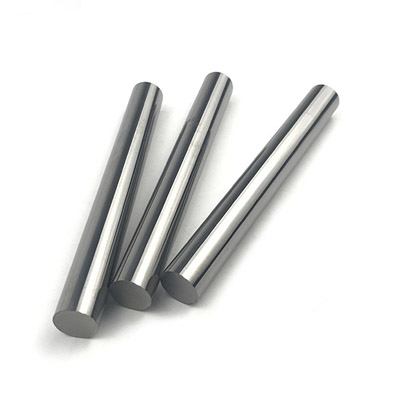 Inconel 601
Inconel 601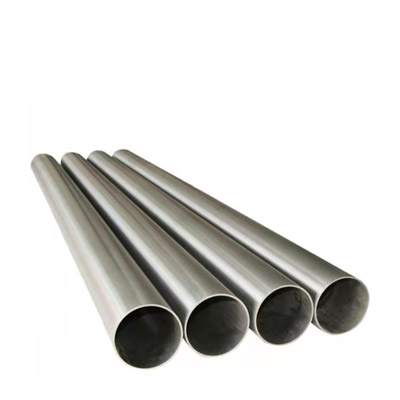 Inconel 600
Inconel 600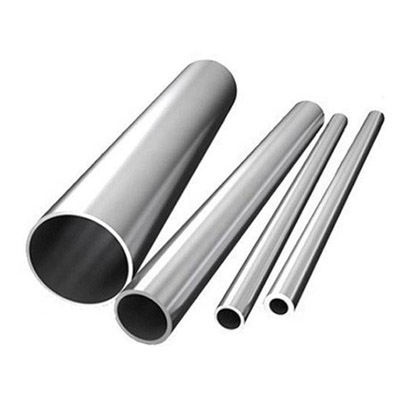 Inconel 686
Inconel 686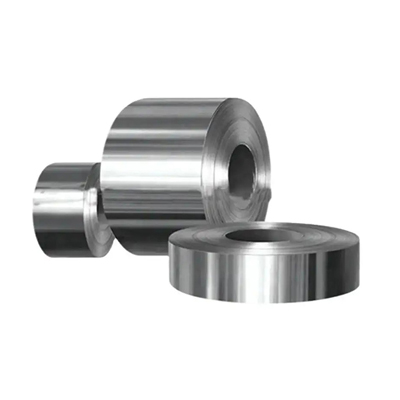 Inconel 602CA
Inconel 602CA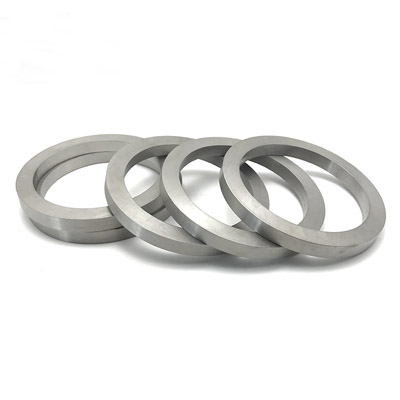 Incoloy A-286
Incoloy A-286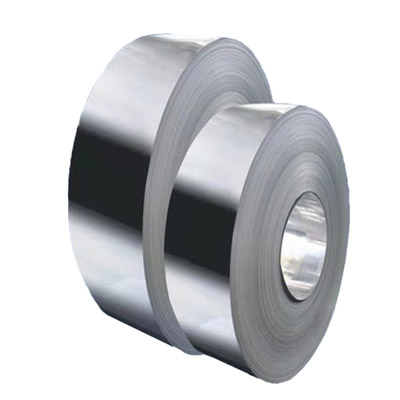 Incoloy 825
Incoloy 825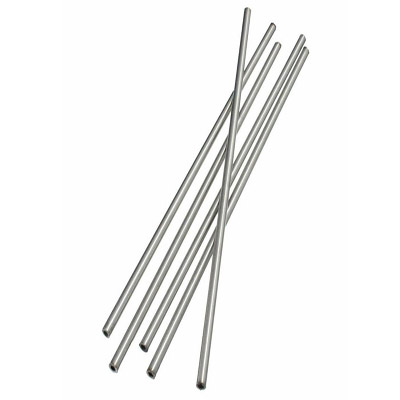 Incoloy 925
Incoloy 925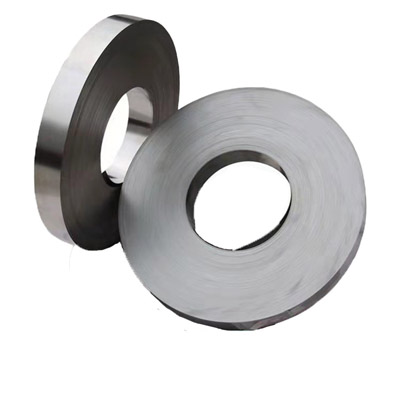 Incoloy 926
Incoloy 926 Incoloy 800
Incoloy 800 Incoloy 800H
Incoloy 800H Incoloy 800HT
Incoloy 800HT Incoloy 909
Incoloy 909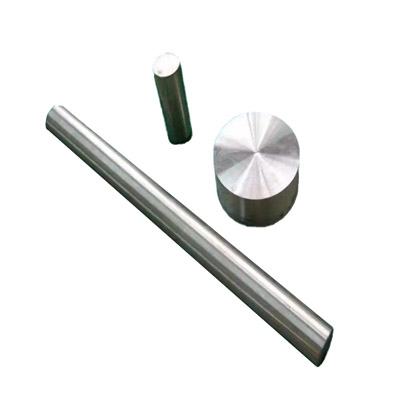 Incoloy 31
Incoloy 31 Incoloy 901
Incoloy 901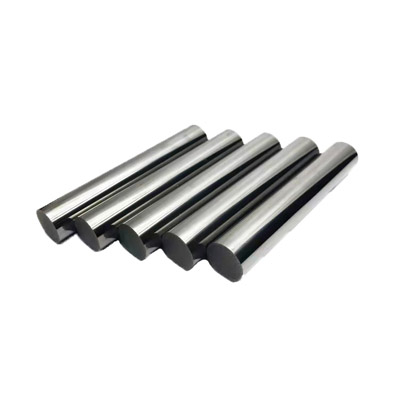 Monel K-500
Monel K-500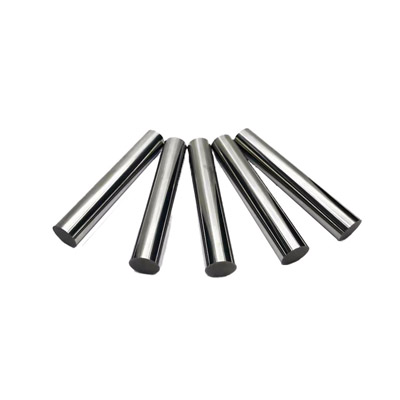 Monel 400
Monel 400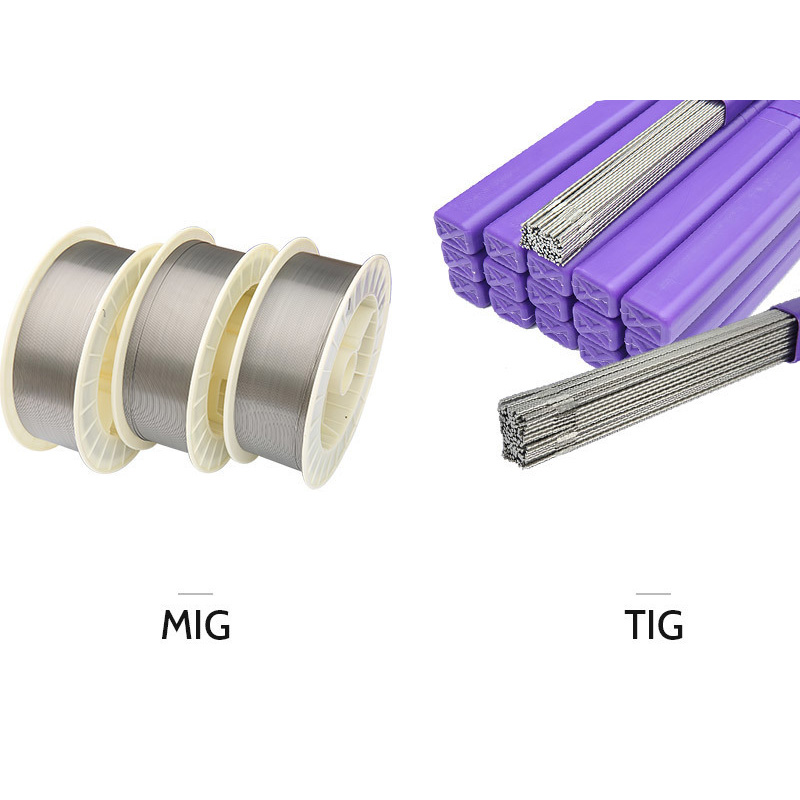 Nimonic 263
Nimonic 263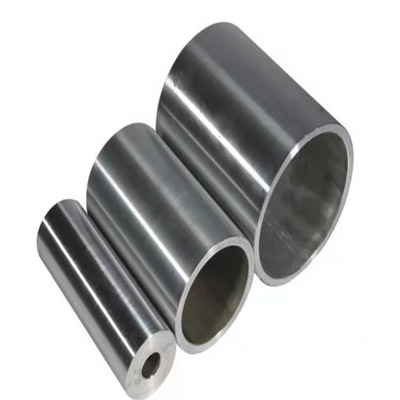 Nimonic 75
Nimonic 75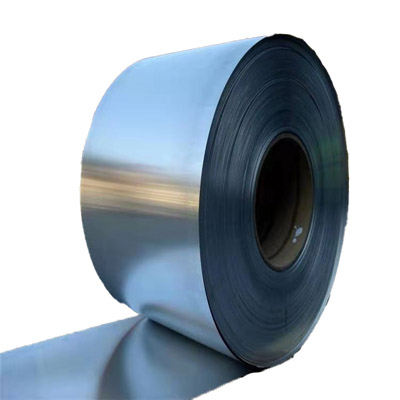 Nimonic 80A
Nimonic 80A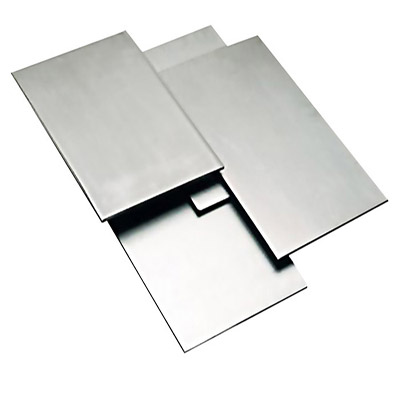 Nimonic 90
Nimonic 90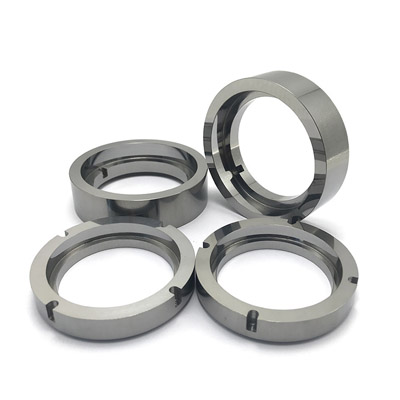 Nimonic PE11
Nimonic PE11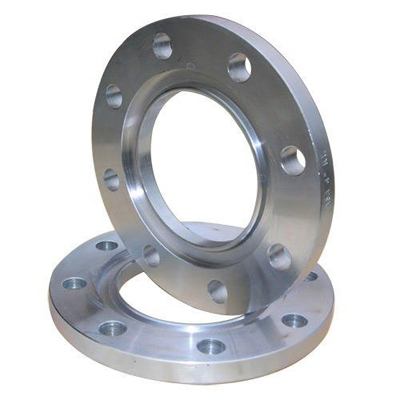 Nimonic PE16
Nimonic PE16 Nimonic PK33
Nimonic PK33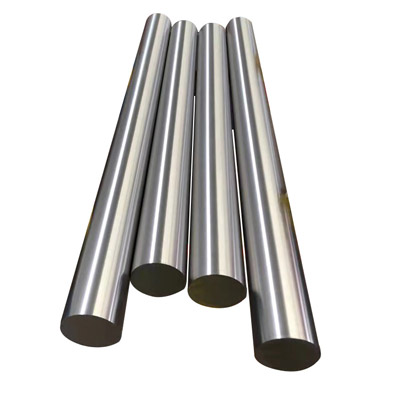 Nimonic 901
Nimonic 901 Nimonic 81
Nimonic 81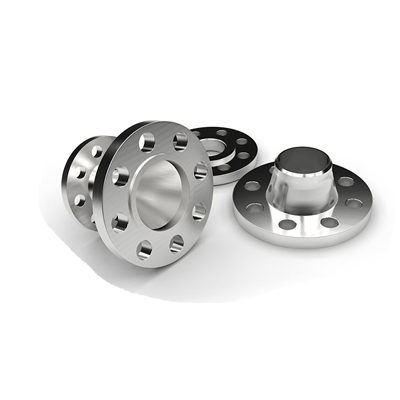 Nimonic 86
Nimonic 86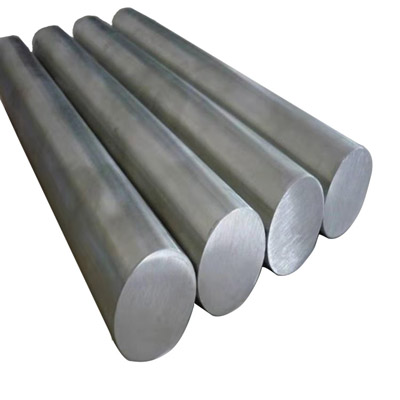 Nimonic 105
Nimonic 105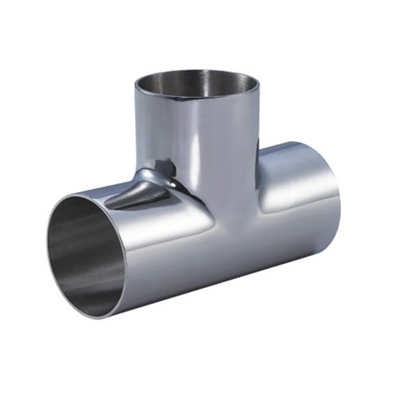 Nimonic 115
Nimonic 115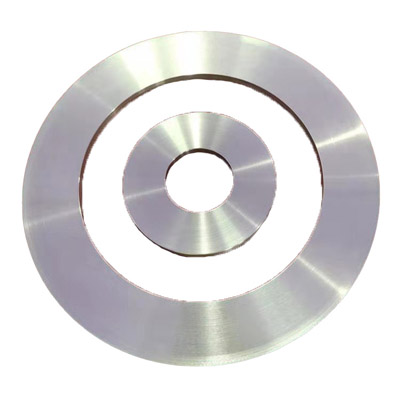 Hastelloy C-276
Hastelloy C-276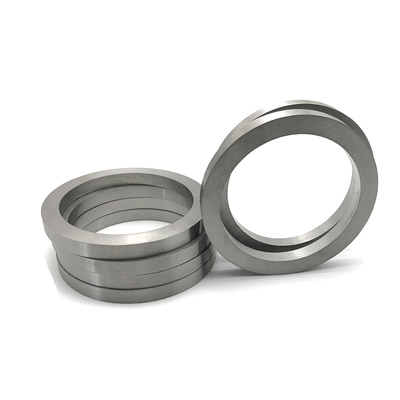 Hastelloy C
Hastelloy C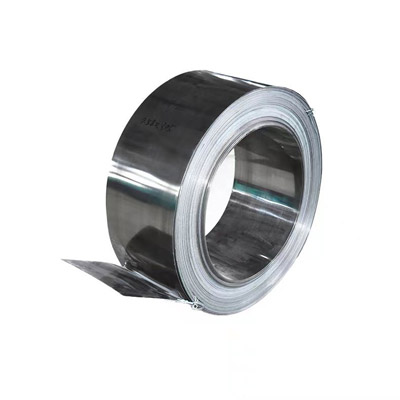 Hastelloy C4
Hastelloy C4 Hastelloy C-22
Hastelloy C-22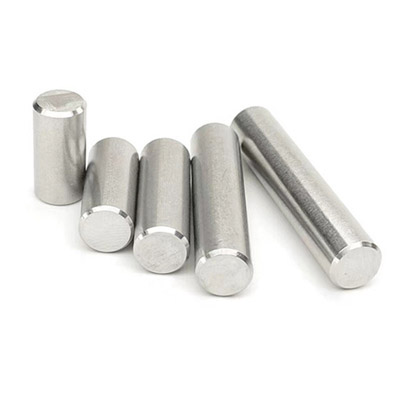 Hastelloy C-2000
Hastelloy C-2000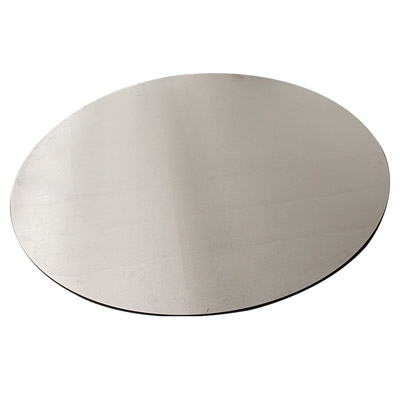 Hastelloy B-2
Hastelloy B-2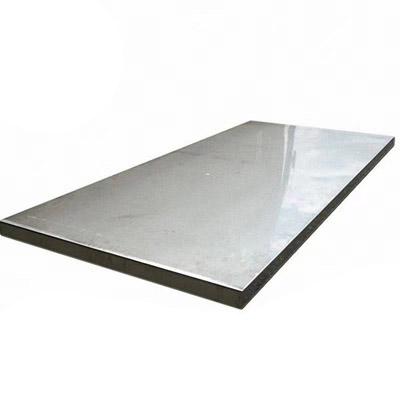 Hastelloy B-3
Hastelloy B-3 Hastelloy G30
Hastelloy G30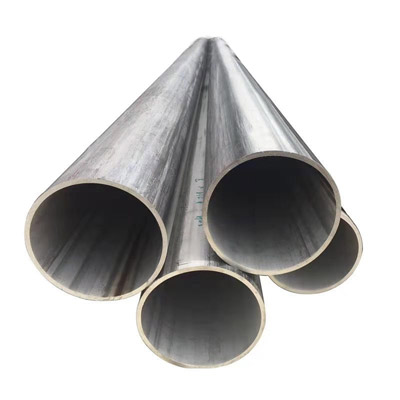 Hastelloy X
Hastelloy X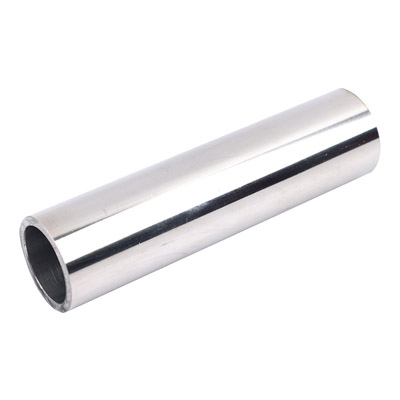 Super Invar 32-5(4J32)
Super Invar 32-5(4J32)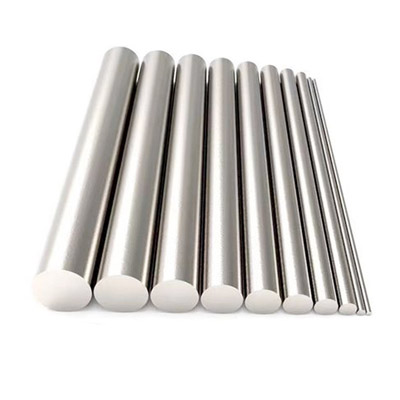 Alloy 36(4J36)
Alloy 36(4J36)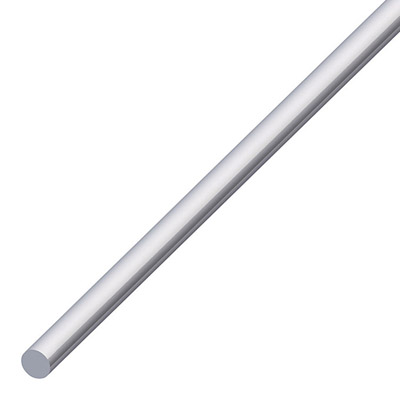 Alloy 42(4J42)
Alloy 42(4J42) Alloy 50(1J50)
Alloy 50(1J50) Hiperco 50(1J22)
Hiperco 50(1J22)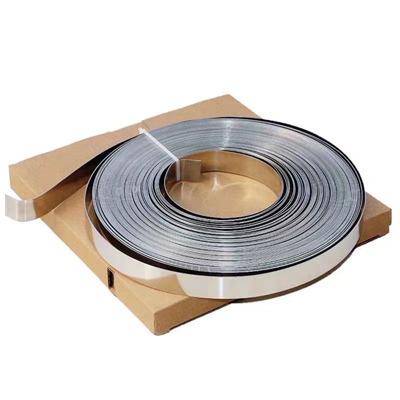 Alloy 46
Alloy 46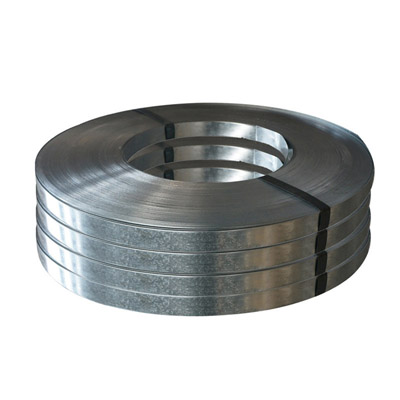 Permalloy (1J79)
Permalloy (1J79) Supermalloy(1J85)
Supermalloy(1J85)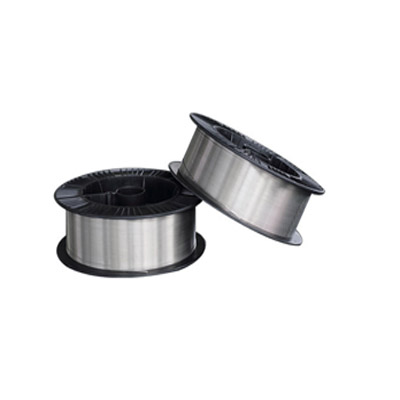 ERNiCrMo-2
ERNiCrMo-2 ERNiCrMo-3
ERNiCrMo-3 ERNiCrMo-4
ERNiCrMo-4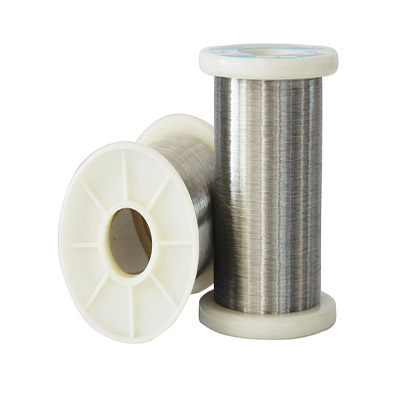 ERNiCrFe-7
ERNiCrFe-7 ERNiCrFe-7A
ERNiCrFe-7A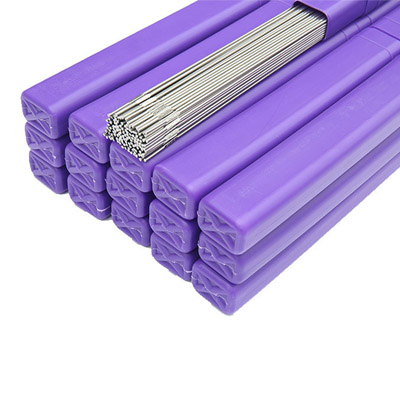 ERNiCrMo-10
ERNiCrMo-10 ERNiCrCoMo-1
ERNiCrCoMo-1 ERNiFeCr-2
ERNiFeCr-2 ERNiFeCr-1
ERNiFeCr-1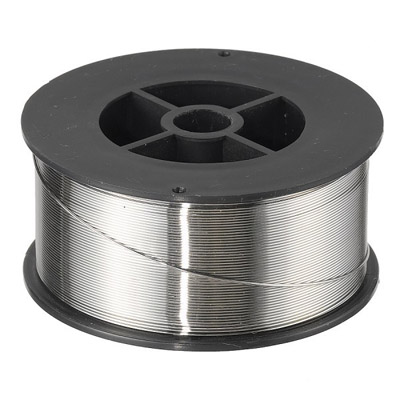 ERNiMo-8
ERNiMo-8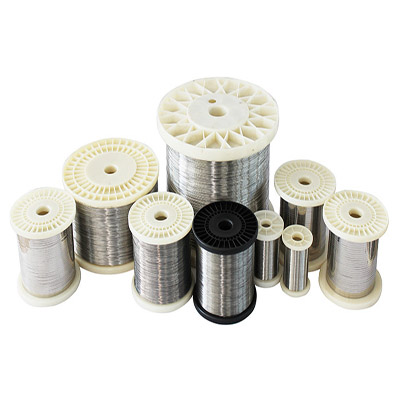 ERNiCrMo-13
ERNiCrMo-13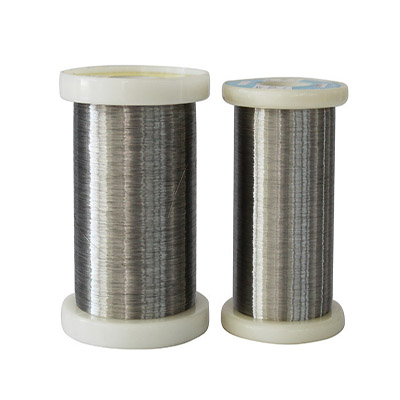 ERNiCr-4
ERNiCr-4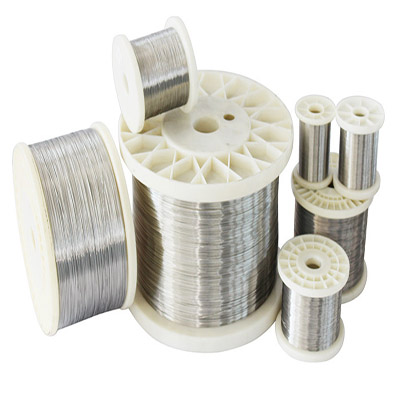 ERNiCr-3
ERNiCr-3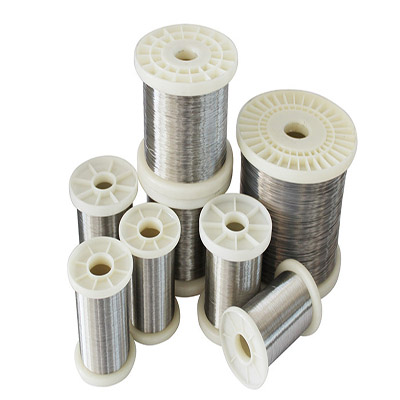 ERNi-1
ERNi-1 Haynes-25
Haynes-25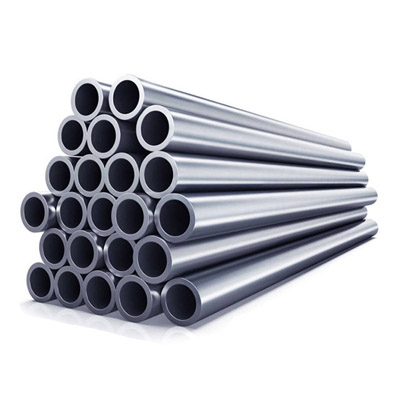 Hayness-188
Hayness-188 MP35N
MP35N Refractory 26
Refractory 26 Waspaloy alloy
Waspaloy alloy 17-4PH
17-4PH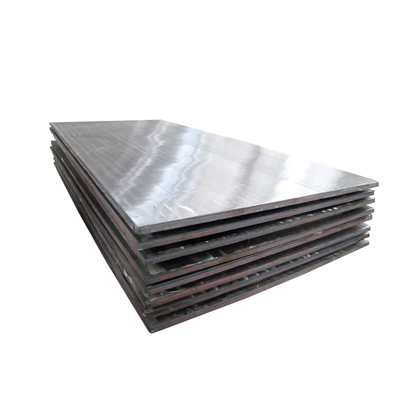 17-7PH
17-7PH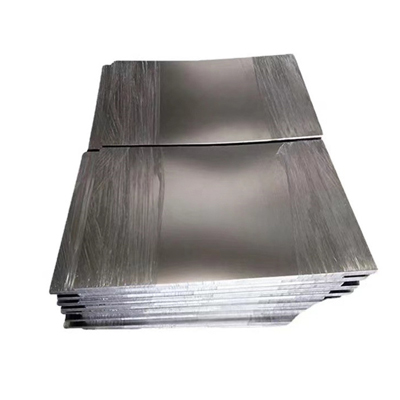 904L
904L Nitronic 50
Nitronic 50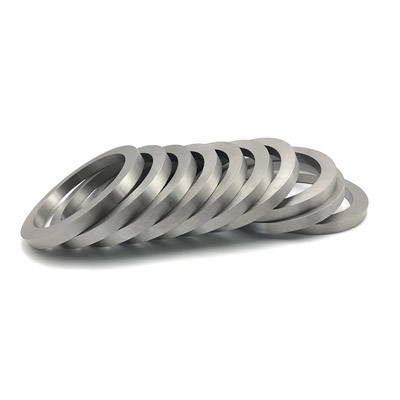 Nitronic 60
Nitronic 60 AL-6XN
AL-6XN F55
F55 PH 13-8
PH 13-8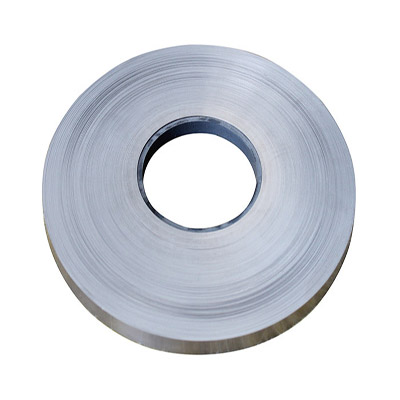 Haynes-230
Haynes-230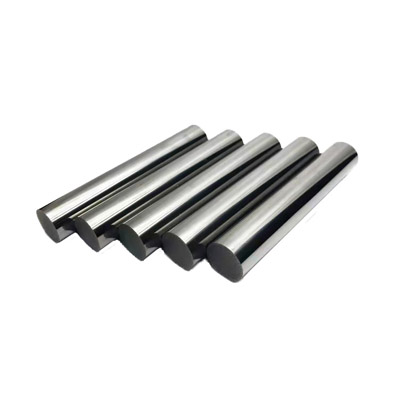 Nickel 200
Nickel 200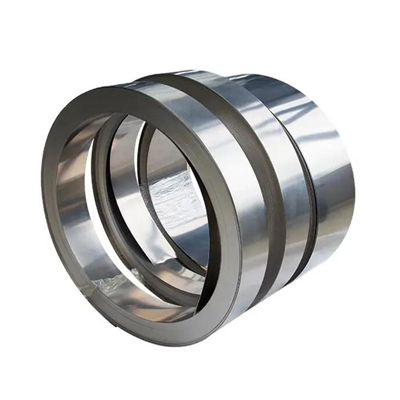 Cr20Ni80
Cr20Ni80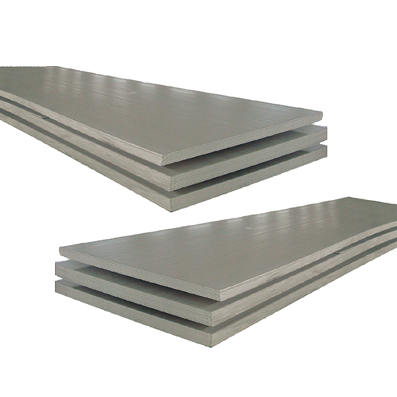 Sheet & Plate
Sheet & Plate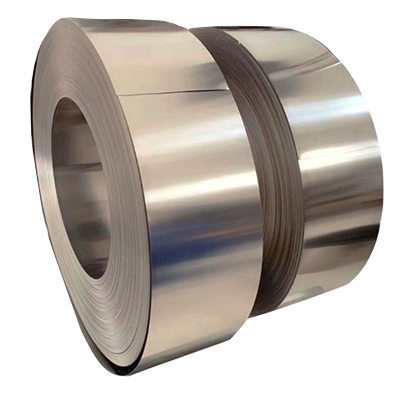 Strip & Foil
Strip & Foil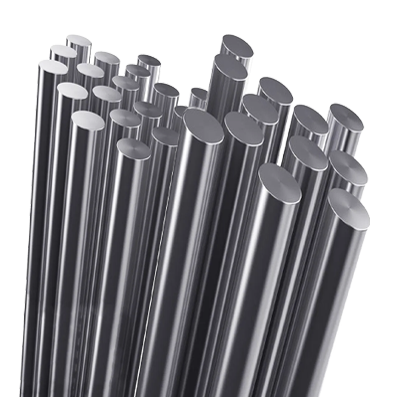 Bar & Rod
Bar & Rod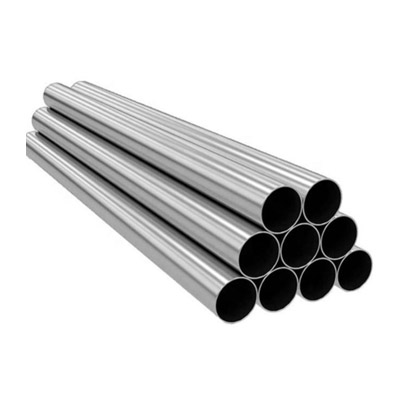 Pipe & Tube
Pipe & Tube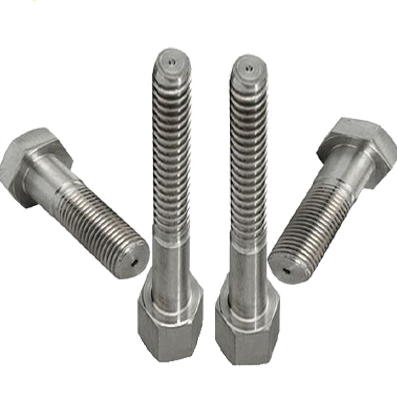 Bolts & Fasteners
Bolts & Fasteners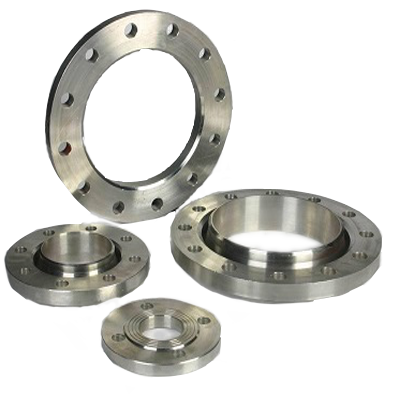 Flange & Ring
Flange & Ring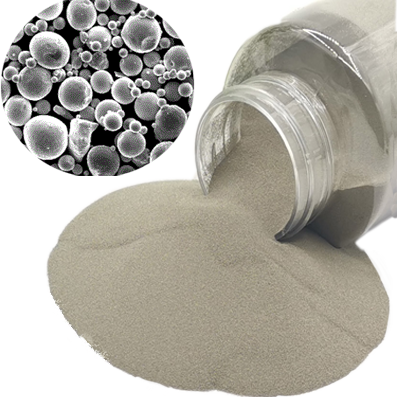 Nickel Alloy Powder
Nickel Alloy Powder

